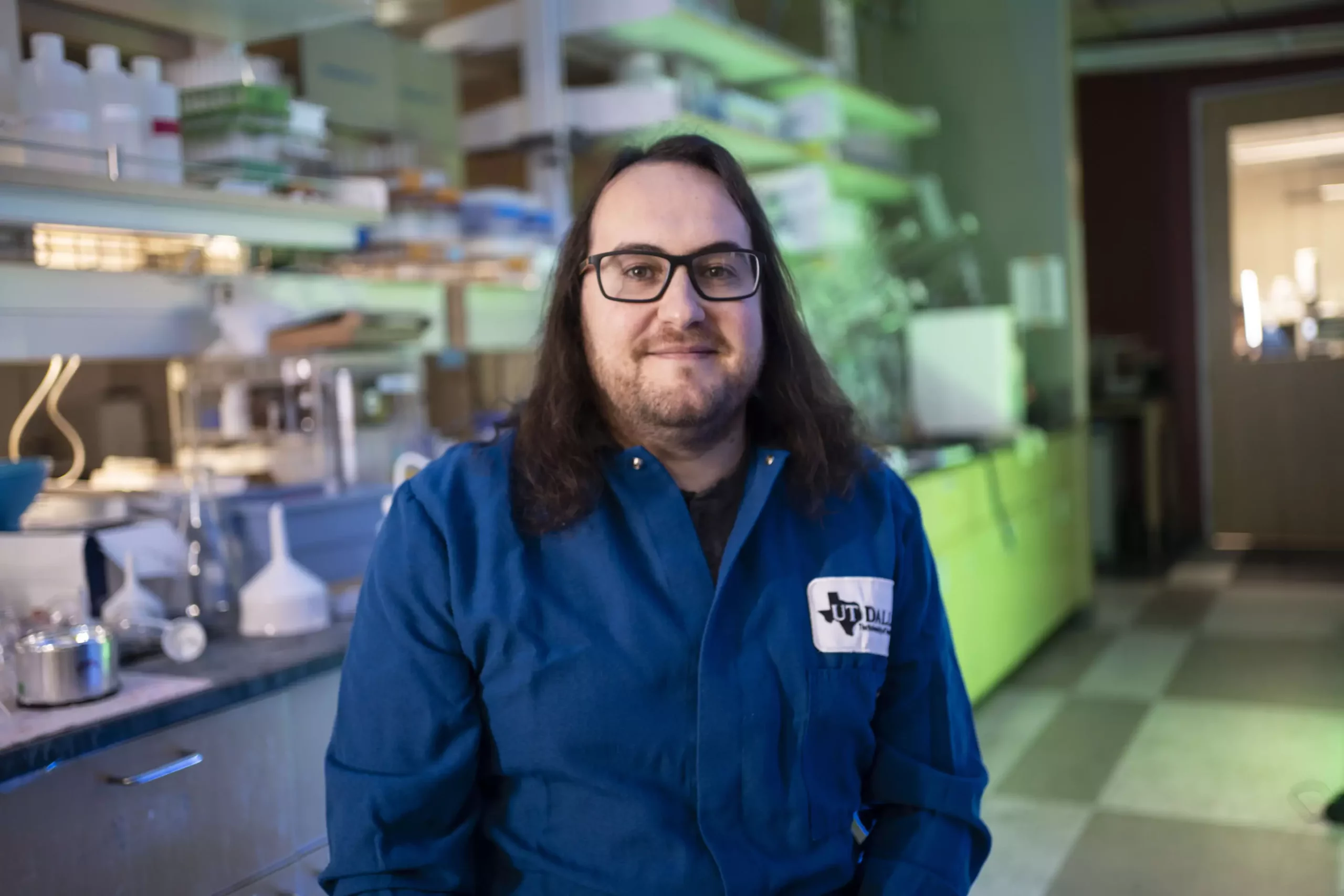The realm of medicinal chemistry is continuously evolving, driven by the need for more effective treatments for various diseases. A significant avenue of this research involves the study of enantiomers—molecules that exist as non-superimposable mirror images of each other. These enantiomers, though chemically identical, can exhibit vastly different biological activities. Consequently, the ability to selectively synthesize one version over the other is paramount. A recent advancement by a team of chemists at the University of Texas at Dallas has opened new doors in the synthesis of these “mirror molecules,” potentially changing the landscape of pharmaceutical development.
The breakthrough lies in a novel chemical synthesis method that enables researchers to produce enantiomers rapidly and efficiently. Instead of yielding a mixture of both enantiomers, this method allows for the creation of a single pure sample. The key to this innovation is the incorporation of prenyl groups into enones using a specially developed catalyst. This one-step process not only streamlines the synthesis but also enhances the energy efficiency of the procedure, requiring ambient temperatures and minimal external heating.
Dr. Filippo Romiti, who spearheaded this study alongside researchers from Boston College, the University of Pittsburgh, and the University of Strasbourg, emphasized that replicating nature’s methods has long posed a challenge for scientists. As he aptly noted, “Nature is the best synthetic chemist,” a sentiment that underscores the intricacies of biochemistry that researchers strive to emulate. The simplification of this complex synthesis process may represent a significant leap toward obtaining the quantities needed for extensive biological testing.
The implications of this discovery are monumental. Given that many naturally occurring compounds are harvested in minuscule amounts, this methodological advancement serves as a lifeline for pharmaceutical industries aiming to explore new therapeutic avenues. The ability to synthesize large quantities of enantiomers could lead to breakthroughs in treating a range of health issues, from cancer to neurodegenerative diseases.
The research team focused particularly on polycyclic polyprenylated acylphloroglucinols (PPAPs), a robust class of over 400 natural products known for their diverse therapeutic properties. By synthesizing specific enantiomers within this category, the researchers were able to lay the groundwork for extensive testing and potential application in drug development.
The researchers conducted preliminary tests on one of the synthesized enantiomers of nemorosonol, a compound derived from a Brazilian tree with documented antimicrobial properties. The experiments, conducted on lung and breast cancer cell lines, demonstrated that access to pure enantiomer samples allowed for a clearer understanding of each molecule’s specific effects. Romiti expressed the excitement surrounding these findings, highlighting the significance of isolating specific enantiomers to discern their respective bioactivities.
This study not only provides answers regarding the antimicrobial properties of nemorosonol but also raises questions about the distinct functionalities of its enantiomers in varying contexts. There is a pressing need for continued research to explore how selective enantiomers might yield unique therapeutic benefits, paving the way for targeted treatments that could minimize side effects typically associated with broader pharmaceutical applications.
The new synthesis method represents a critical tool in the arsenal of medicinal chemists and biologists alike. By facilitating the creation of potent natural product analogs—optimized for enhanced efficacy—this approach could significantly improve the efficiency of drug discovery processes. Romiti and his team have laid the groundwork for utilizing this synthesis technique to develop analogs that might be even more effective than the compounds found in nature.
Looking forward, the research team plans to expand the application of this synthesis method beyond PPAPs, targeting various classes of natural products. The potential for discovery in this field holds promise for a wide range of therapeutic applications, ultimately enhancing our capacity to combat diseases worse than current options allow.
The synthesis of mirror molecules presents a bright frontier in medicinal chemistry. As Dr. Romiti noted, this innovative method is not just a technical achievement—it embodies a shift in the paradigm of how scientists can access and exploit the rich potential of natural compounds for drug development. By ushering in a new era of targeted, efficient synthesis, this advancement could lead to significant breakthroughs in therapeutic strategies against some of humanity’s most challenging health issues. As research unfolds, it will be compelling to see how this technology shapes the future of modern medicine.


Leave a Reply